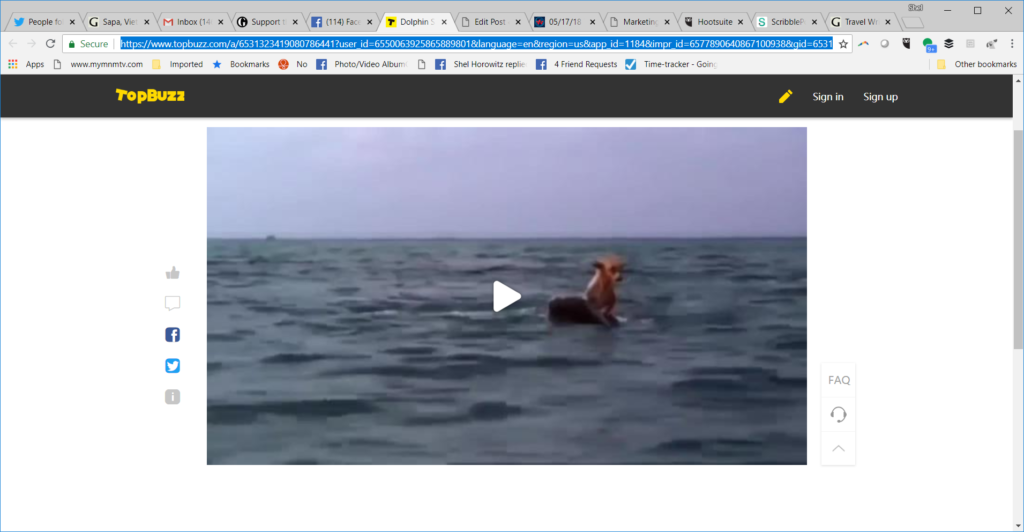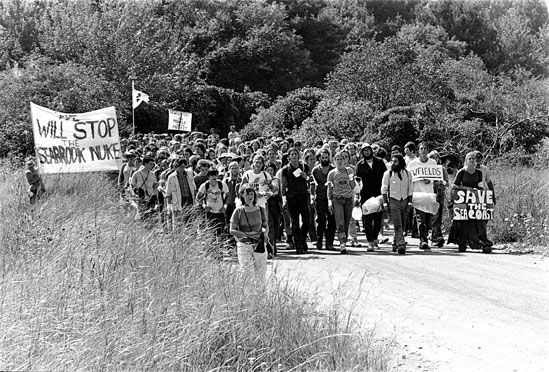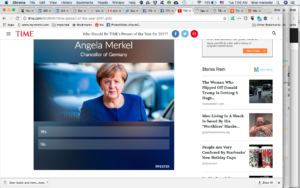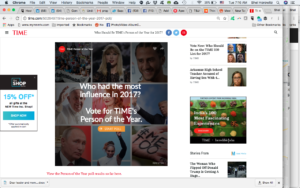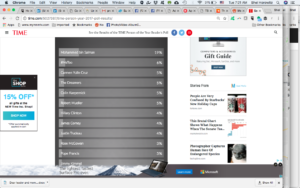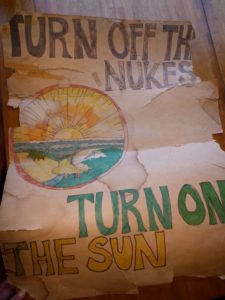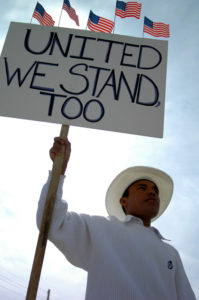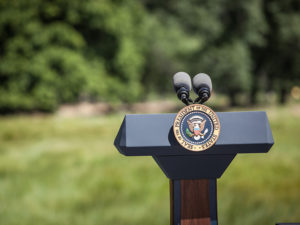Elizabeth Warren’s Missed Opportunity
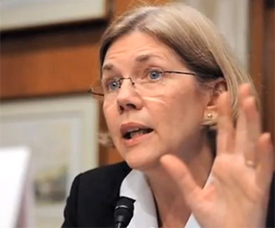
I’m a big fan of Massachusetts Senator Elizabeth Warren. She’s been my Senator for more than six years, and I was aware of her consumer advocacy for several years before that. In the crowded field of Democrats seeking the presidency, she’s my top choice.
BUT I still think she made a big mistake turning down a chance to broadcast a Town Hall meeting on Fox news.
I’ve been puzzling about this for almost two weeks, looking for something fresh to say that hasn’t been said before, as in this article by Megan Day:
In Warren’s scenario, Fox News’s politics will be defeated by a few principled liberal politicians engaging in a media blackout. In [Bernie] Sanders’s, Fox News’s politics will be defeated when the Left convinces a significant portion of the Right’s working-class base that they’ve been duped, and that the pro-worker left best represents their political interests...
By refusing to go on Fox News, Warren has demonstrated that she doesn’t take this task as seriously as she ought to. As Sanders has plainly stated, the power of the capitalist class is so formidable that it will take a huge movement of millions of united workers to actually overcome it in reality. Warren’s policy ideas are frequently excellent, but without a fundamental orientation toward the very people who stand to benefit from them, they stand little chance of materializing.
I agree with Day. Warren’s better policy initiatives are not enough if she’s going to rely on the liberal elite to make them a reality.
And she should know this. She’s a born organizer, and her speeches are very approachable. Like that guy in the White House, she understands how to talk to ordinary people with in some cases limited education, to make them feel excited by (and ownership of) her ideas.
Yes, Fox is toxic. But when people have swallowed poison, you go in and pump their stomachs. The argument she makes that she doesn’t want to enrich the network or legitimize it seems spurious. After all, Bernie Sanders attacked Fox during the Town Hall they gave him and televised.
And then it hit me that my own start in journalism was very relevant.
In 1972, as a 15-year-old junior at Bronx High School of Science, I got my first article bylines–covering peace demonstrations and other progressive events. I didn’t get them in the official school newspaper; writing for Science Survey was only an option for the students in the honors journalism English class.
I got them in one of the school’s underground papers. A paper called Insight, published by a small group of right-wingers who identified as libertarians. They ran my stuff with disclaimers: “the following article does not reflect the views of the management,” etc.
But they ran my stuff! I was able to share my viewpoint, encourage the peace and environmental agendas of groups I was involved with, and build a publication portfolio that led to a 45-year writing career and the authorship of 10 books and thousands of articles.
And even at the time, I felt that maybe the best part was that they put me in front of an audience that was skeptical of my views. They gave me a forum to reach people who disagreed with me. I have no idea if I changed anyone’s mind, but I was given that chance.
Elizabeth should have taken that chance, too.

